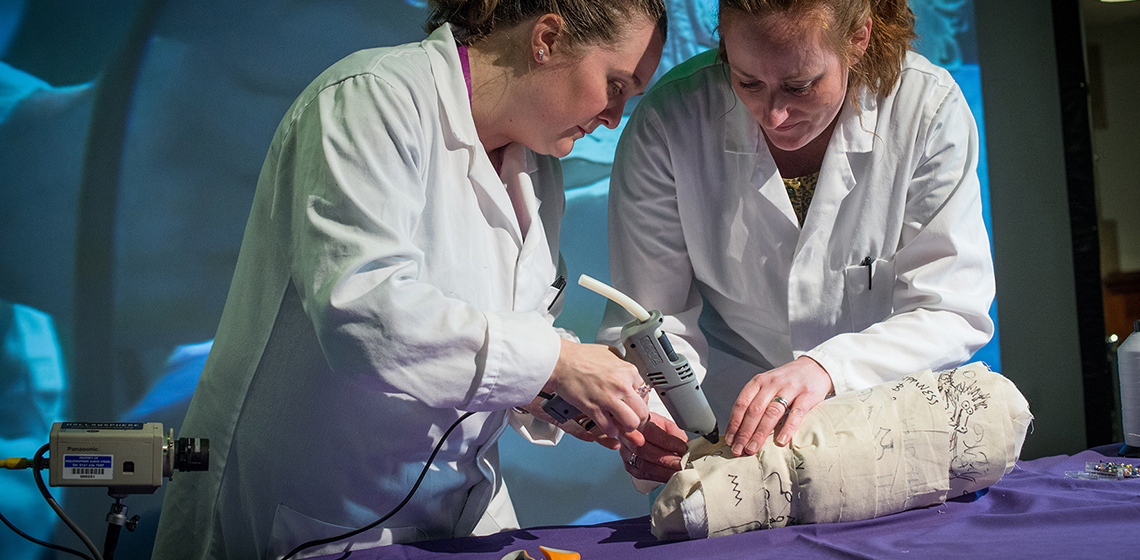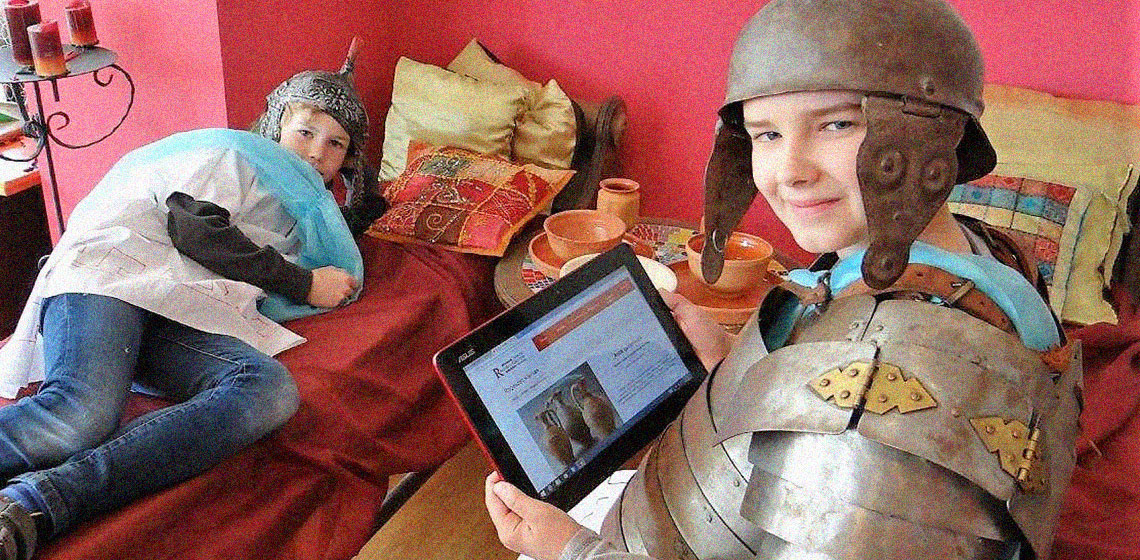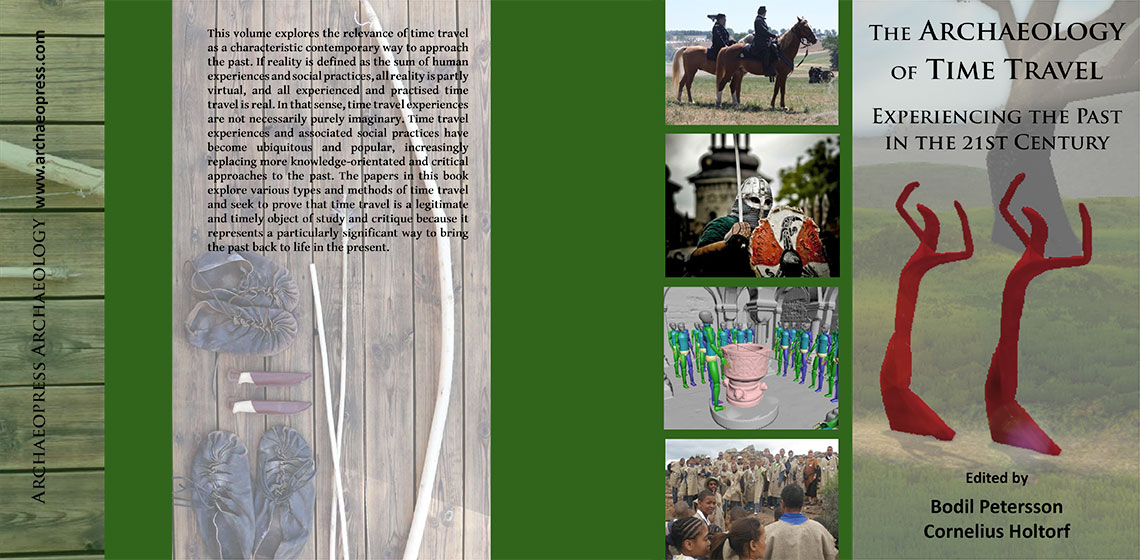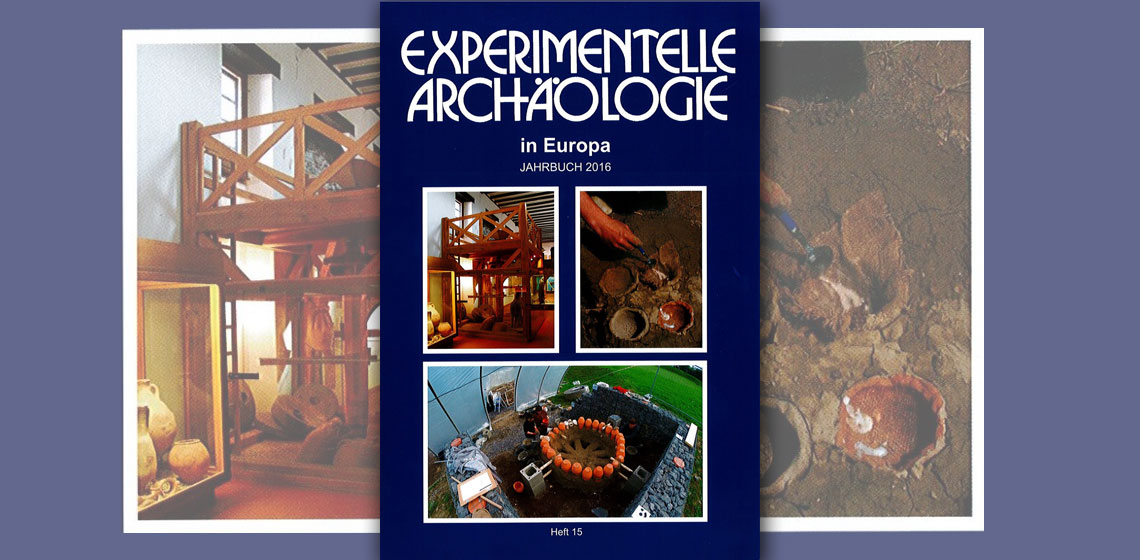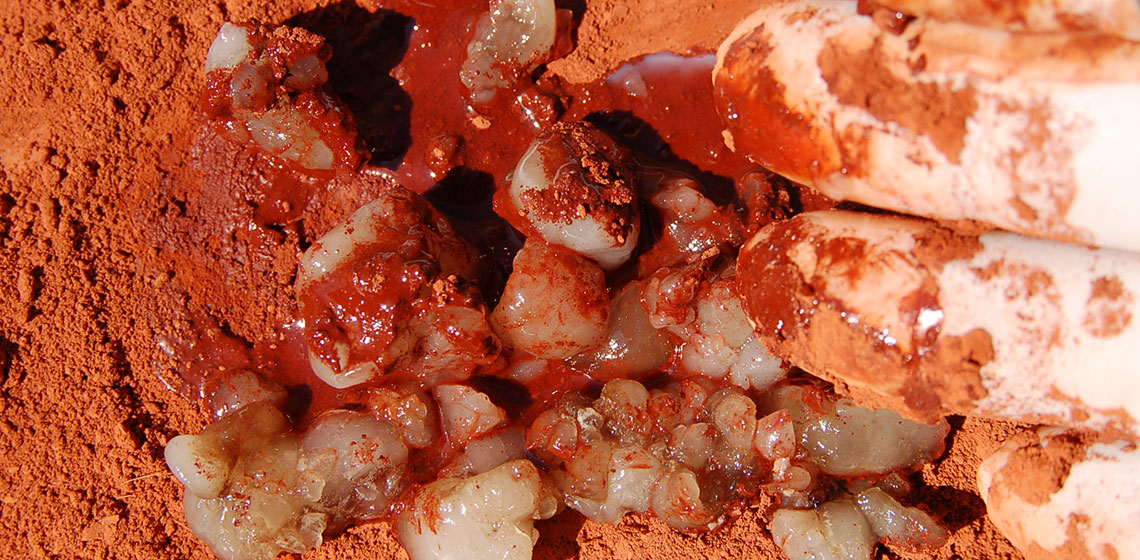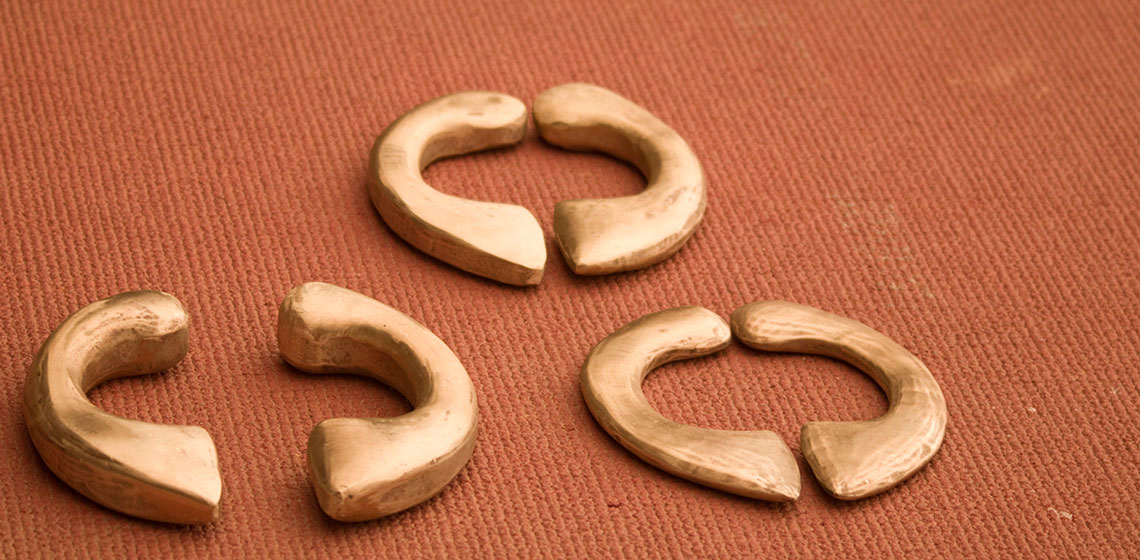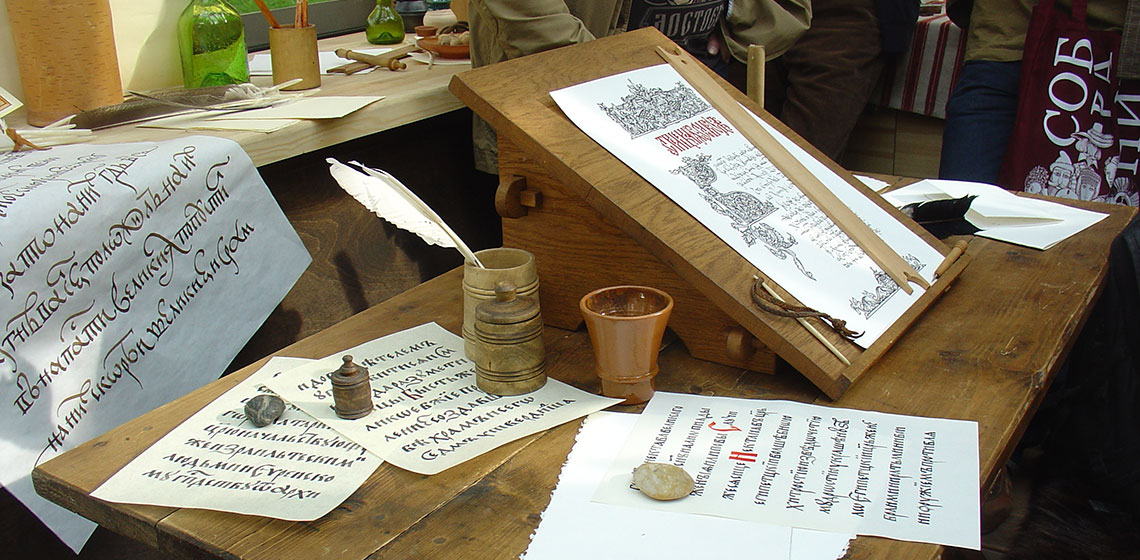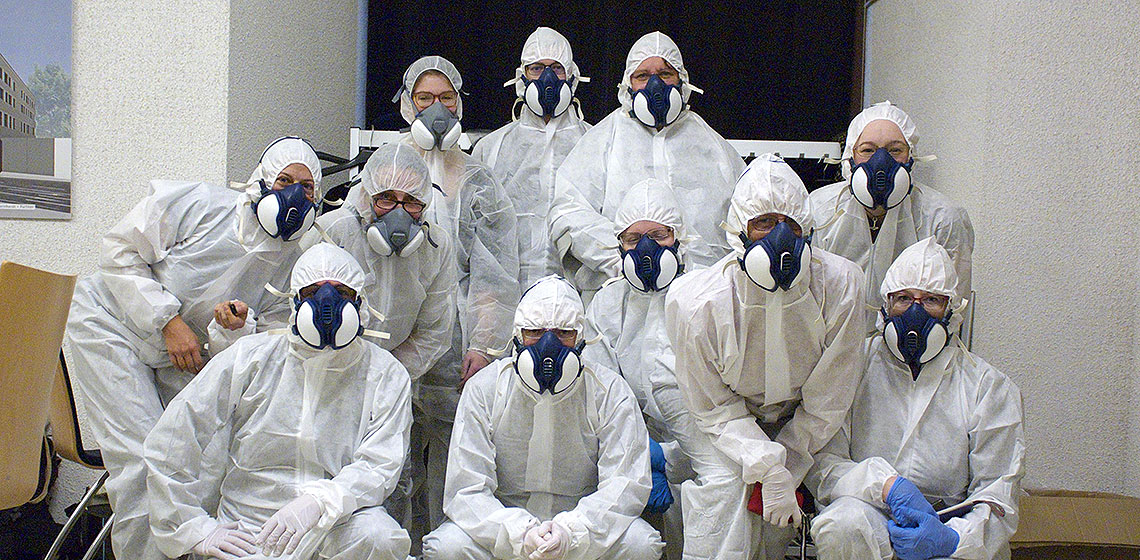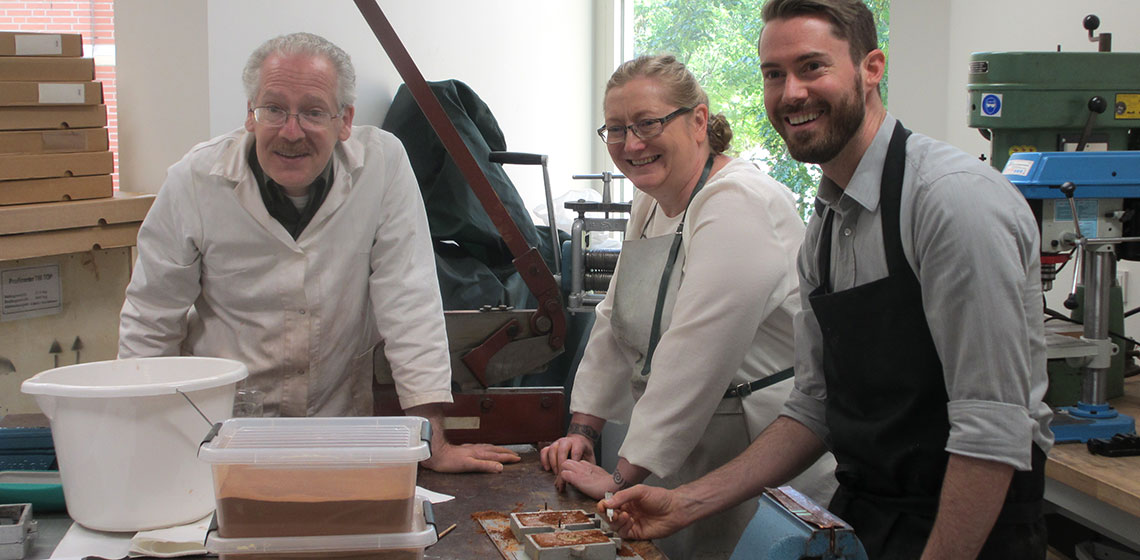Newest Era
‘Re-rolling’ a Mummy: an Experimental Spectacle at Manchester Museum
Publication Date
10th EAC Leiden 2017
***Ancient Egyptian animal mummies and votive statuettes were often wrapped in linen, concealing the contents and conferring sanctity to the remains. Mummy autopsies were commonplace in 19th century Europe, when ancient mummified bodies were unwrapped to reveal what lay beneath the linen bandages. Similarly, votive statuettes were often unwrapped upon discovery, either by...
***Ancient Egyptian animal mummies and votive statuettes were often wrapped in linen, concealing the contents and conferring sanctity to the remains. Mummy autopsies were commonplace in 19th century Europe, when ancient mummified bodies were unwrapped to reveal what lay beneath the linen bandages. Similarly, votive statuettes were often unwrapped upon discovery, either by...
Vacation in the Past - Effective Heritage Interpretation through Education
Publication Date
2018 EXARC in Kernave
***Heritage sites are breathing memories from the past; however, visitors can hardly imagine or experience the ancient life on the spot. In fact, these visits are supposed to conjure up journeys back into the past and park managers should facilitate such experiences by the most effective means possible in order to help tourists gain...
***Heritage sites are breathing memories from the past; however, visitors can hardly imagine or experience the ancient life on the spot. In fact, these visits are supposed to conjure up journeys back into the past and park managers should facilitate such experiences by the most effective means possible in order to help tourists gain...
Book Review: The Archaeology of Time Travel. Experiencing the Past in the 21st Century, edited by Bodil Petersson and Cornelius Holtorf
Publication Date
Archaeological time travel, or experiencing the past through re-enactment, virtual reality, popular culture or other means, is presented from multiple perspectives in The Archaeology of Time Travel. Experiencing the Past in the 21st Century, edited by Bodil Petersson and Cornelius Holtorf. The book is freely available in pdf format at http://www.archaeopress.com
Shifting the Sand: Replicating Black Powder Grenades
Publication Date
Black powder hand grenades are ubiquitous for several European archaeological sites between 1600 AD and 1900 AD. Unfortunately, many archaeological reports only note the presence of hand grenades in artifact inventories, perhaps denoting some minor measurements. Only one report contains a full assessment of grenades, but this was performed by treasure hunters who excavated the pirate ship Whydah...
Book Review: Experimentelle Archäologie in Europa, Jahrbuch 2016
Publication Date
Annual Proceedings of the EXAR Tagung
***The periodical "Experimentelle Archäologie" is issued by Gunter Schöbel and the "Europäische Vereinigung zur Förderung der experimentellen Archäologie", together with Pfahlbaumuseum Unteruhldingen from Germany. Issue no. 15 includes 223 pages of text, with numerous colour photographs...
***The periodical "Experimentelle Archäologie" is issued by Gunter Schöbel and the "Europäische Vereinigung zur Förderung der experimentellen Archäologie", together with Pfahlbaumuseum Unteruhldingen from Germany. Issue no. 15 includes 223 pages of text, with numerous colour photographs...
Conference Review: This Time for Africa: African Conference on Experimental Archaeology (ACE) 2018
Publication Date
Prologue
Toronto, 2012: There is a session on experimental archaeology at the Society for Africanist Archaeologists’ biannual conference. While waiting to upload our presentations to the conference laptop, my colleague and I pass the time chatting. “I am sure we could fill a whole conference on experimental archaeology in Africa,” my colleague says. I nod, say that someone will probably initiate such a conference soon and turn to tell the student volunteer where to find my presentation on the USB stick.
Reconstruction of the Ancient Greek Long Jump - an Opportunity for Multidisciplinary Collaboration
Publication Date
The Games of the XXXI Olympiad – the Summer Olympics in Rio de Janeiro, Brazil (5 August to 21 August, 2016) – continued the long tradition of Olympic sports, which began in ancient Greece (circa 776 BCE), and were heavily modified in their re-creation by the International Olympic Committee...
Event Review: EXARC visits Moscow
Publication Date
Between the 1st to the 12th of June 2017, a huge festival called "Times and Epochs" (Времена и эпохи - Cобрание) was organized in Moscow. This was the occassion to gather participants not only from Russia, but also from many other countries, and demonstrate the best of reenactment to festival visitors...
Conference Review: European Textile Forum 2016
Publication Date
The annual European Textile Forum took place from 7-13 November 2016. This year the focus was ‘mistakes’, the unintended consequences in textile manufacture or preservation that reveal more about the artefact, the techniques used and its makers than a ‘perfect’ piece could do. The programme was rich in practical experiments..
Event Review: Academic Workshop on Re-enactment, Replication & Reconstruction
Publication Date
In early June 2017, an academic workshop took place in Leiden, the Netherlands, to stimulate research bridging the natural sciences with the humanities and social sciences. Forty-five international scientists joined from the fields of art history, archaeology, conservation, musicology and anthropology...

